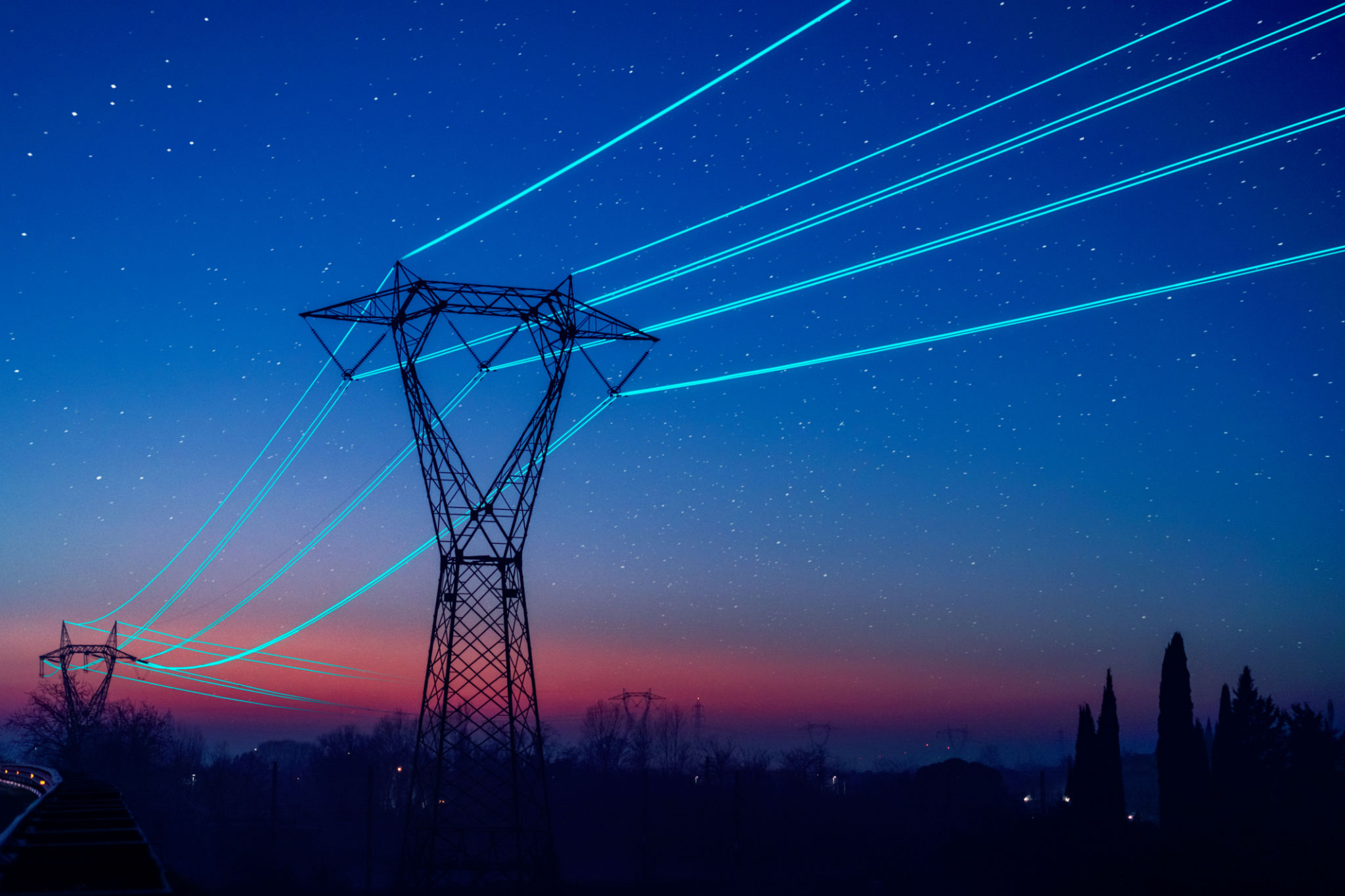A Closer Look at the Impact of Bird-Flight Diverters on Avian Mortality Rates
Understanding Bird-Flight Diverters
Bird-flight diverters are devices installed on power lines and other structures to reduce avian collisions. These diverters make the lines more visible, helping birds avoid fatal strikes. As bird collisions with man-made structures are a significant cause of avian mortality, understanding the effectiveness of these diverters is crucial for conservation efforts.
The Need for Bird-Flight Diverters
With the expansion of urban development and infrastructure, birds often encounter obstacles such as power lines that pose a threat to their survival. These structures can be difficult to detect, especially in poor visibility conditions. This is where bird-flight diverters come into play, serving as a visual cue that helps birds navigate safely.
Statistics indicate that millions of birds die each year due to collisions with power lines alone. Implementing bird-flight diverters presents a proactive solution to reduce these numbers and protect avian populations.
The Effectiveness of Diverters on Avian Mortality Rates
Research on bird-flight diverters has shown promising results in reducing bird mortality rates. Studies have highlighted a significant decrease in collision incidents when diverters are installed, with some reports indicating up to an 80% reduction in fatalities.

The effectiveness largely depends on several factors such as the type of diverter used, its placement, and the species of birds in the area. Different designs and materials are used to cater to various environmental conditions and bird vision capabilities.
Types of Bird-Flight Diverters
There are various types of bird-flight diverters available, each with its unique design and functionality. Common types include:
- Spiral Diverters: These are spiral-shaped devices that wrap around power lines, making them more visible.
- Swinging Devices: These use motion to attract attention through reflective materials or bright colors.
- Marker Balls: Large balls that are attached to lines, typically in high-risk areas prone to low visibility.

Challenges and Considerations
While bird-flight diverters are effective, they are not a one-size-fits-all solution. Different environments and bird species require tailored approaches. For instance, migratory paths and habitats with high biodiversity might need specific diverter designs or strategic placement.
Additionally, the installation and maintenance of diverters involve logistical considerations. Regular inspections ensure that these devices remain functional and effective over time.
The Role of Technology in Enhancing Diverter Efficiency
Advancements in technology continue to play a vital role in improving the design and efficiency of bird-flight diverters. Innovations such as UV-reflective materials and smart sensors are being explored to further enhance visibility and adaptability.
By leveraging technology, conservationists aim to develop smarter solutions that can dynamically adjust to changes in weather conditions or bird migration patterns, making flight paths safer for our avian friends.

Conclusion: A Step Towards Safer Skies
Bird-flight diverters represent a significant step towards reducing avian mortality rates caused by human infrastructure. Through continued research, innovation, and collaboration between conservationists and engineers, these devices can make a substantial impact on preserving bird populations.
As awareness grows about the importance of protecting wildlife, investing in solutions like bird-flight diverters is crucial. By doing so, we contribute to creating safer skies for birds worldwide, ensuring their survival for generations to come.
